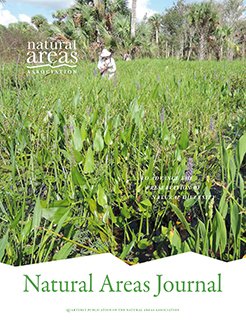Saltmarshes provide multiple ecosystem services, and some have been preserved as conservation areas. Studies indicate recreation-related vehicle use may be significantly degrading them. Saltmarshes have a low resistance and resilience to recreation-related trampling impacts; however, little is known about those associated with vehicle use under a specific management strategy. Drone imagery and GIS spatial analysis were used to determine the area and intensity of direct vehicle impacts within a New Zealand saltmarsh. The management plan allows vehicle entry as long as it does not substantially impact cultural, ecological, or mahinga kai (or food cultivation) values. It limits impacts of vehicles by meeting two goals: limiting the area of vehicle use to formal road corridors, and limiting particularly damaging behaviors of use, including entering the saltmarsh when conditions are wet, traveling more than 10 km per hour, and using traction equipment. Results demonstrated substantial impacts. Tire tracks were present in 66% of quadrats sampled, and were distributed across the length and breadth of the saltmarsh, covering 17% (approximately 207 ha) of the 1225 ha saltmarsh. About a third of these quadrats had track covers of 11–50%. Furthermore, particularly damaging vehicle use behaviors were widely evidenced, including deeply rutted mud, water channel initiation, and substantial loss and fragmentation of vegetation communities. Vehicle use is clearly eroding at least some of the cultural, ecological, and/or mahinga kai values for which the saltmarsh was conserved. While there are many indirect and direct measures for improving the current management strategy, none is likely to result in substantial reductions in vehicle impacts given the low resistance and resilience of saltmarshes to trampling. An alternative strategy that would lead to substantial reductions, and eventual recovery of the saltmarsh, would be to allow existing recreational activities, but deny vehicle entry.
How to translate text using browser tools
19 January 2022
Extent and Intensity of Vehicle-use Impacts within a Saltmarsh Conservation Area under a Management Strategy
Johanna Blakely,
Wendy McWilliam,
Don Royds
ACCESS THE FULL ARTICLE

Natural Areas Journal
Vol. 42 • No. 1
January 2022
Vol. 42 • No. 1
January 2022
drone
management
ORV impacts
recreation ecology
Salt marsh
vehicle impacts




